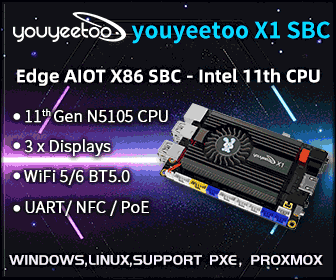Risun D05 is an Android TV Stick Powered by Rockchip RK3068 SoC
I’ve just discovered another dual core Rockchip SoC called RK3068, but it may not be new, as I can find some references as far back as September 2012. Amazingly, I can’t seem to find any announcement, and details are scarce. Very few products feature this chipset, but Risun D05, an Android mini PC, is one of them, so let’s have a closer look. Risun D05 specifications based on Alibaba listing: SoC- Rockchip RK3068 dual core ARM Cortex A9 @ 1.6 GHz with dual core Mali-400 GPU System Memory – 1 GB DDR3 Storage – 4 GB NAND Flash, with option for 8GB or 16GB, + micro SD card slot (Up to 32GB) Video Output – HDMI 1.4 male Video Codecs – MPEG 1, MPEG-2, MPEG 4,H.263, H.264, AVS, VC 1, RV, VP6 VP8, Sorenson Spark, MVC 1920x1080P 60FPS. Video Encoder – H.264,VP8,MVC(1080P) Audio Formats – MP1, MP2, MP3, WMA, WAV, OGG, […]





